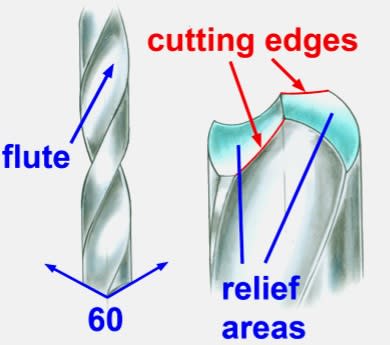metrologic
Mechanical
Sr GDTP Y14.5-2009 Exam Review Ch-8 Part-I Sep2021
Hi Everyone! I'm up to section 8, Tolerances of Profile. As you may recall, I'm working through the Y14.5 standard in preparation for upgrading my GDTP certification from the tech level to the senior level. Here are some questions I had from this section:
Q1. 8.2.1.2 Profile of a Line. Frequently I see line profile tolerances applied directly to the entire silhouette outline of a drawing view. However, in many of these applications the outline does not describe a true profile with constant cross-section. Nor is the part in question similar to a tapered wing. Rather, this application is analogous to applying a line profile to the outline of a person posing for the cover of a Van Damme action movie --they are quite complicated injection molded shapes. Is this a legitimate use of line profile tolerancing? The intention appears to be control of the derived shadow outline of the part, and not cross-sections of the part surface.
Q2. 8.3.1 Uniform Tolerance Zone. "Where a profile tolerance encompasses a sharp corner, the tolerance zone extends to the intersection of the boundary lines. See Fig. 8-12." For some reason I've always thought profile tolerance zones were conceptually defined using a swept ball method. And hence the sharp external boundary shown in figure 8-12 would end up being a rounded external boundary. Where am I getting this swept ball vision from? Is that from ISO?
Q3. 8.3.1 Uniform Tolerance Zone. More of a comment than a question. Profile tolerance zones provide boundaries that follow the geometric shape of the true profile in which the actual surface must lie. For example, if a surface were controlled with a 1mm tolerance zone equally disposed about the true profile, the manufactured surface must not deviate beyond boundaries 0.5mm offset normal to either side of the true profile. However, there is no requirement that a given point on the actual surface be within 0.5mm from the true profile. And there is no requirement that a given point on the true profile be within 0.5mm from the actual surface. Profile boundaries around sharp corners allow for the actual surface to take rounded short cuts. In these cases the distance between the true profile and the actual surface may depart significantly from what one may expect based on the profile tolerance alone. This isn't really new or surprising, but these rounded corner examples can be taken much further. Given a sufficiently large enough profile tolerance, all manner of detailed features present on the true profile may be acceptably rounded or filled in, totally absent from the manufactured surface. Not sure how I feel about this. For some reason composite profiles and max radius seem like bandaids in this context to me.
Hi Everyone! I'm up to section 8, Tolerances of Profile. As you may recall, I'm working through the Y14.5 standard in preparation for upgrading my GDTP certification from the tech level to the senior level. Here are some questions I had from this section:
Q1. 8.2.1.2 Profile of a Line. Frequently I see line profile tolerances applied directly to the entire silhouette outline of a drawing view. However, in many of these applications the outline does not describe a true profile with constant cross-section. Nor is the part in question similar to a tapered wing. Rather, this application is analogous to applying a line profile to the outline of a person posing for the cover of a Van Damme action movie --they are quite complicated injection molded shapes. Is this a legitimate use of line profile tolerancing? The intention appears to be control of the derived shadow outline of the part, and not cross-sections of the part surface.
Q2. 8.3.1 Uniform Tolerance Zone. "Where a profile tolerance encompasses a sharp corner, the tolerance zone extends to the intersection of the boundary lines. See Fig. 8-12." For some reason I've always thought profile tolerance zones were conceptually defined using a swept ball method. And hence the sharp external boundary shown in figure 8-12 would end up being a rounded external boundary. Where am I getting this swept ball vision from? Is that from ISO?
Q3. 8.3.1 Uniform Tolerance Zone. More of a comment than a question. Profile tolerance zones provide boundaries that follow the geometric shape of the true profile in which the actual surface must lie. For example, if a surface were controlled with a 1mm tolerance zone equally disposed about the true profile, the manufactured surface must not deviate beyond boundaries 0.5mm offset normal to either side of the true profile. However, there is no requirement that a given point on the actual surface be within 0.5mm from the true profile. And there is no requirement that a given point on the true profile be within 0.5mm from the actual surface. Profile boundaries around sharp corners allow for the actual surface to take rounded short cuts. In these cases the distance between the true profile and the actual surface may depart significantly from what one may expect based on the profile tolerance alone. This isn't really new or surprising, but these rounded corner examples can be taken much further. Given a sufficiently large enough profile tolerance, all manner of detailed features present on the true profile may be acceptably rounded or filled in, totally absent from the manufactured surface. Not sure how I feel about this. For some reason composite profiles and max radius seem like bandaids in this context to me.

